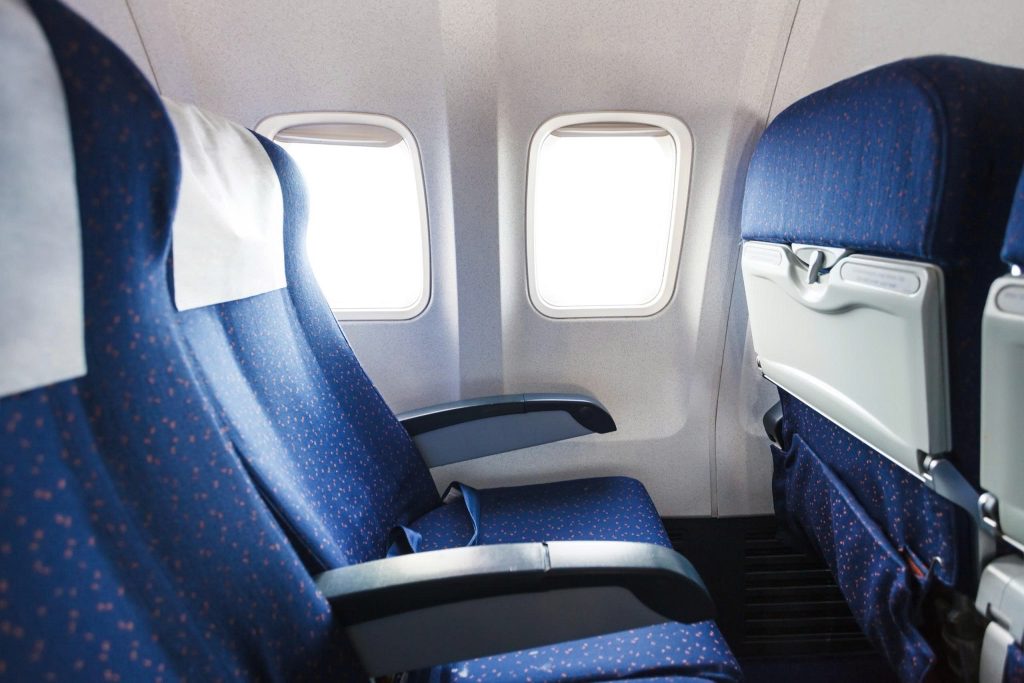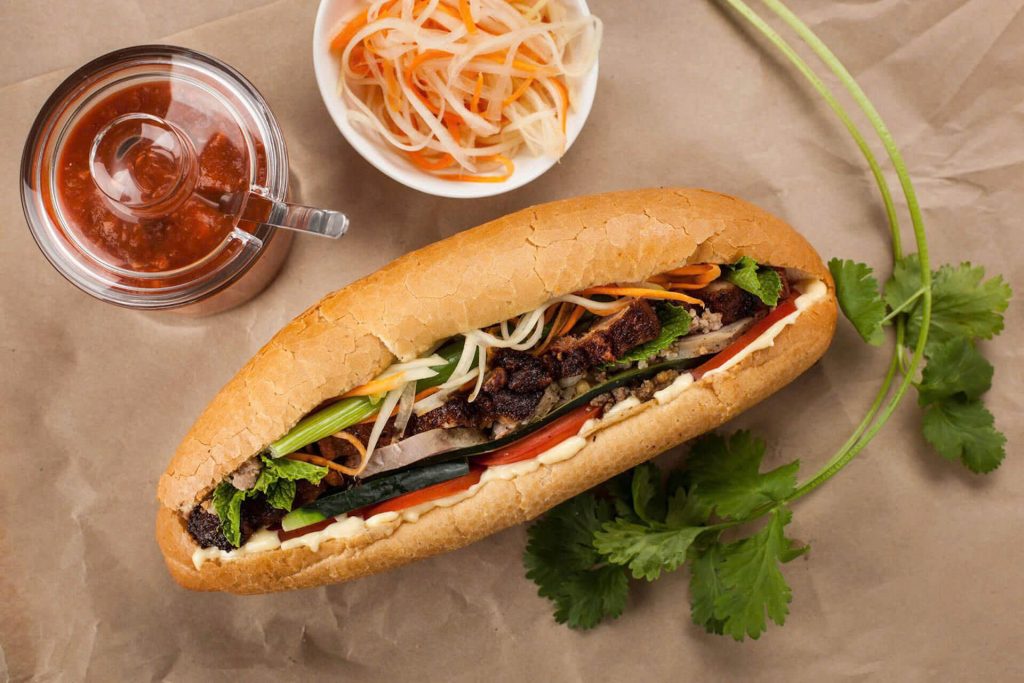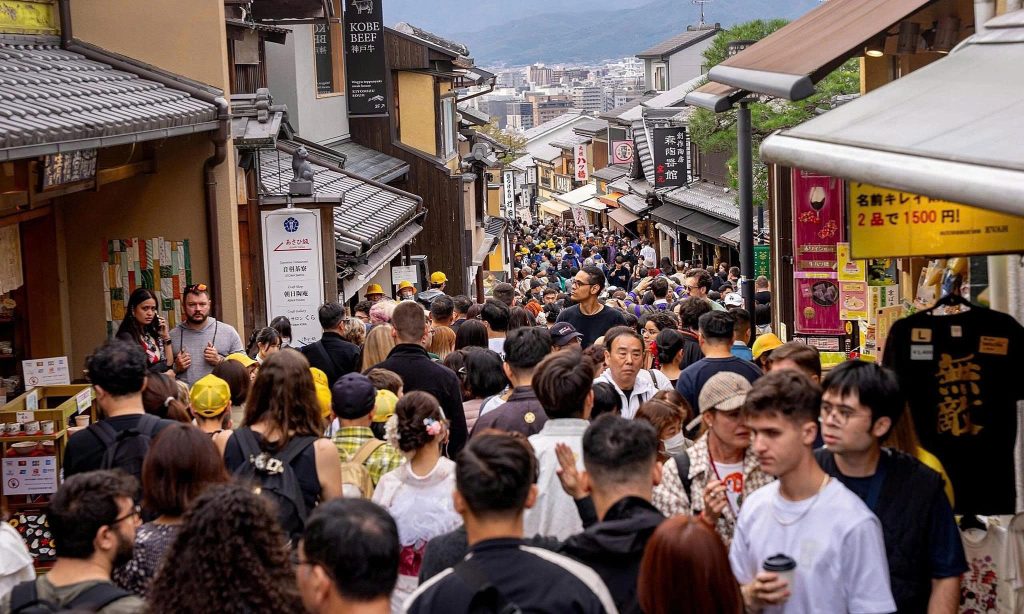The term ‘no-shows’—when customers fail to arrive for their reservation—has become a nightmare for restaurants in Japan, driving some to the point of banning foreign guests altogether.
Kobikicho Yoshiya, a 103-year-old establishment in Ginza, is famous for its wagashi, traditional Japanese confections made from flour, mochi, red bean paste, and various seasonal plant-based ingredients. Customers wishing to dine there must make a prior reservation. With the ongoing tourism boom in Japan, a large number of foreigners have also sought out the renowned shop.
However, this surge in interest hasn’t been entirely positive for the business. The third-generation owner once shared his distress, explaining that many foreign customers reserve items but neither show up to collect them nor provide any advance notice of cancellation.
“We can’t just bluntly refuse the orders; we honestly don’t know how to handle it,” the owner said.
In an interview with J-Cast News, the owner revealed that the shop experiences two to three groups of ‘no-shows’ daily. Some reservations are made via the LINE application, yet the customers fail to appear and also do not answer their phones when the shop attempts to remind them.
The post by Kobikicho Yoshiya received strong support from local residents. Tourism experts have recommended that the shop implement a reservation system like TableCheck, which requires a credit card and charges a fee for no-shows.
The Spreading Phenomenon
The story quickly went viral across Japanese media outlets, leading some to criticize foreign visitors for their “poor manners.” This is far from the first time the issue of tourists failing to honor their reservations has become a hot topic in Japan.
Back in February, a booking agent spoke out against a group of 11 Chinese tourists who did not show up for their reservation at a Japanese restaurant. On social media, many Chinese users expressed their frustration, fearing that such incidents were why Japanese restaurants had developed a dislike for Chinese guests.
“As tour operators, we remind our guests to take reservations seriously and not assume they have the right to be 30 minutes or an hour late. You may never return to that restaurant, but the impression you leave behind is terrible,” advised one tour operator based in Japan.
When making reservations at Japanese restaurants, tourists are generally advised to arrive on time, as some establishments will cancel a table after a mere 15 minutes. Others may still seat late arrivals but might not be able to serve the full menu. Therefore, tourists should always consider cancelling their reservation with advance notice if they feel they cannot make it on time, allowing the restaurant time to adjust their preparation. Many restaurants, such as Edomae Sushi establishments, often prepare the necessary ingredients for booked reservations at least five days in advance.
The Language Barrier
Besides the “no-show” problem, the language barrier is another significant obstacle that makes Japanese restaurants hesitant to serve foreign guests.
According to EF’s English Proficiency Index for 2024, Japan ranks 92nd out of 116 countries, placing it in the “Low Proficiency” band. Consequently, many restaurant owners fear they cannot adequately explain the menu or specific dishes to non-Japanese speakers, potentially leading to cultural misunderstandings or an unsatisfactory dining experience.
This combination of unreliability and communication difficulties creates a genuine reluctance among some Japanese establishments to accept international bookings, hoping to protect their business and cultural integrity.
(According to , Explore, By Food)

















